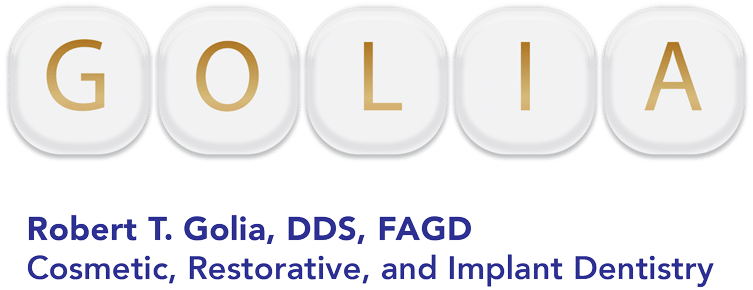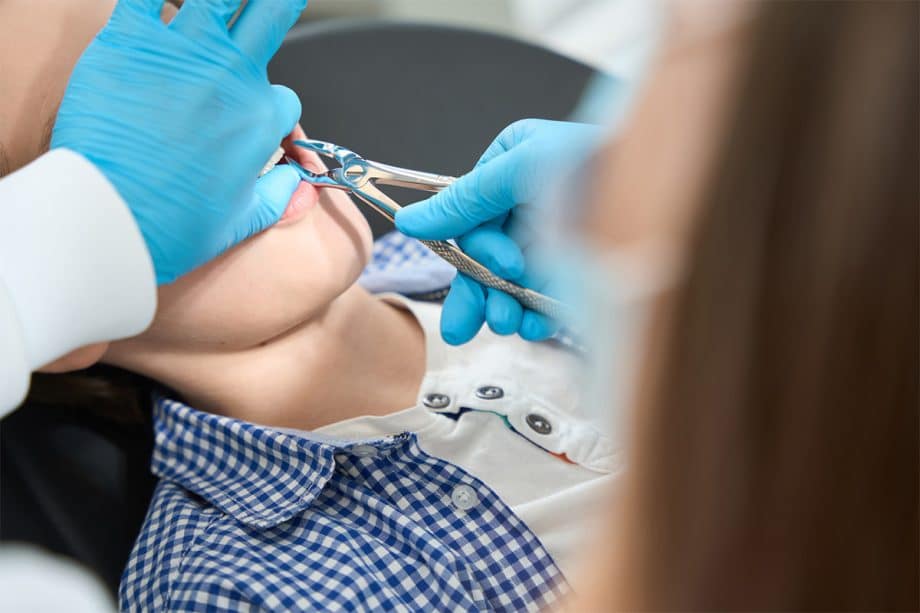Tooth extraction is sometimes a necessary dental procedure. A tooth may need to be extracted due to severe decay or damage. Teeth are sometimes extracted for orthodontic purposes to make more room in the mouth for the teeth to fit in better alignment. Most people will get their wisdom teeth extracted in their late teens or early twenties.
Whatever the reason for tooth extraction, if you have an upcoming appointment, you may have some questions about follow-up care, such as how long to use gauze and when it's safe to eat and drink. Learn the answer to these questions and more.
What Does an Extraction Entail?
Depending on the situation, a tooth may be extracted using local anesthetic to numb the area. Once the anesthesia is applied and has had time to take effect, the tooth is gently loosened using special dental tools and then removed. A few sutures may be used to close the gum tissue to reduce bleeding.
In the case of a more invasive extraction, such as wisdom teeth that are impacted, other forms of anesthesia may be used that provide a deeper level of sedation. IV sedation is a common form of anesthesia used during wisdom tooth extractions.
How to Use Gauze
The first thing you will be asked to do following your tooth extraction is to bite down on gauze pads to help stop the bleeding. Your dentist will provide you with plenty of gauze to take home with you so that you can continue to use it until the bleeding stops completely. There is not a definite period of time that you will need gauze, as people have different rates of blood clotting. But you should discard the gauze and replace it with new gauze every so often until the gauze comes out clean.
When is it Safe To Eat and Drink?
Once the gauze comes out clean it is safe to try drinking something. Start with water and rinse your mouth out first before swallowing. Then take small sips of water until you see how you feel. When you are ready, it is ok to drink other beverages as long as they are not hot. Also, it is very important that you avoid drinking from a straw. The sucking motion required for straw use can dislodge the blood clot in the socket where your tooth was extracted, resulting in a condition called dry socket. Dry socket can be painful and inhibit healing.
You can eat soft foods when you feel ready. Avoid chewing in the area where your tooth was extracted to prevent damage or irritation to the healing tissues. Things like yogurt, pudding, jello, mashed potatoes, cottage cheese, and other soft foods are best for the first 24-48 hours. Then you can gradually start eating more solid foods as you feel ready.
When to Call Your Dentist
If you experience any of the following problems after your tooth extraction, contact your dentist:
- Uncontrolled bleeding. If you are unable to get your bleeding to stop after extraction, call your dentist for further instructions.
- Resumed bleeding. If your bleeding has stopped for a period of time and then begins again, call your dentist.
- Severe pain. Pain following a tooth extraction should be manageable with over the counter pain medication in most cases. Your dentist may prescribe a stronger pain reliever if necessary. If you still experience extreme pain after taking prescription pain medication or if the pain doesn’t subside in a few days, call your dentist.
- Fever. If you develop a fever after tooth extraction, call your dentist right away. Fever is a sign of possible infection.
Golia Dental Provides Tooth Extractions
If you need to have a tooth removed, Golia Dental provides safe and gentle tooth extractions. We make the tooth extraction process as comfortable as possible and provide the necessary follow-up care you may need after the procedure. Feel free to contact us with any questions or concerns.
Call 203-248-7400 or contact us today to learn more and schedule an appointment.

